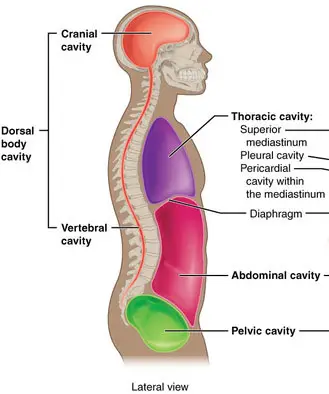Muscular Activities and Inactivities
The muscular activities and inactivities produce 2 distinct classes of effects.
- Visible movements
- Those that produce energy and remain invisible.
- visible
- invisible
When you set a limb into motion, associate the thought process with the movement of the limb. Make sure that you can definitely aim that movement. Each muscular condition can be provided without restraint. Absolute freedom during rotary movements must be insisted upon. The invisible activities and relaxations can be desired and shown. Once the desired muscular combinations have been successfully attained, we can proceed to fix them in the memory.
Take note of the muscular sensations accompanying the application of motions to the key. By recalling the sensations, we will be able to reproduce the muscular conditions at will. The muscular condition that has become habit can be applied to the music itself and one should associate the requisite muscular condition with each sound effect. Provide the required tones in strict response to your musical judgment. The ultimate object of muscular correctness is the production of music. Muscular conditions at the keyboard are solely a means to an end.
Take note of the muscular sensations accompanying the application of motions to the key. By recalling the sensations, we will be able to reproduce the muscular conditions at will. The muscular condition that has become habit can be applied to the music itself and one should associate the requisite muscular condition with each sound effect. Provide the required tones in strict response to your musical judgment. The ultimate object of muscular correctness is the production of music. Muscular conditions at the keyboard are solely a means to an end.
Producing Sound
The goal of muscular conditions are to make sound and you make sound by inducing movement to the key.
Sound excitation must be timed accurately. The second step in muscular education is the correct gauging and timing of the correctly chosen muscular conditions. The link between the 1) purely mental act of musical imagination and 2) the physical act of tone production is timing. Gauge the distances to be traversed at the keyboard with accuracy through side to side movements of the finger, hand, and arm. Our eye can guide us in the case of large skips and the eye can only remind us of the actual size of the distances to be traversed.
Question: How does one accurately time and gauge the degree of muscular action?
Answer: The time and degree of the muscular conditions are determined by and gauged by the particular resistance offered by each individual key. This resistance differs with different keys on the same instrument and we must obtain the habit of attending to the varying necessities of key resistance. The diagram below displays the dorsal cavity.
Answer: The time and degree of the muscular conditions are determined by and gauged by the particular resistance offered by each individual key. This resistance differs with different keys on the same instrument and we must obtain the habit of attending to the varying necessities of key resistance. The diagram below displays the dorsal cavity.

Abduction and adduction motions occur within the coronal plane[1] and involve medial-lateral motions of the limbs, fingers, toes, or thumb. Abduction moves the limb laterally away from the midline of the body, while adduction is the opposing movement that brings the limb toward the body.
[1]coronal plane: an imaginary plane dividing the body into dorsal and ventral parts.